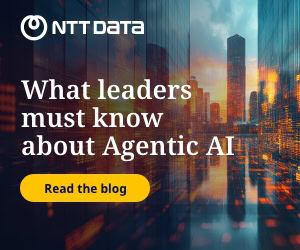Cloudflare has unveiled enhanced capabilities for its Zero Trust platform, Cloudflare One, aimed at facilitating secure adoption of generative AI applications across organisations. As businesses increasingly integrate AI into their operations, the need for robust security measures has never been more critical.
The new features enable security teams to monitor AI usage, protect against shadow AI, and safeguard sensitive data from a single, centralised platform.
“Cloudflare is the best place to help any business roll out AI securely. We are uniquely positioned to support innovation while ensuring security is integrated from the outset,” said Matthew Prince, CEO and co-founder of Cloudflare.
With generative AI increasingly used across departments—ranging from finance to engineering—organisations face heightened risks. Employees may inadvertently share confidential information with AI tools, or deploy AI applications without proper oversight.
The introduction of AI Security Posture Management (AI-SPM) seeks to mitigate these risks, allowing organisations to confidently embrace AI while maintaining security standards.
Key features of the new tools include:
- Shadow AI Reporting: This feature offers security teams insights into how AI is being used within their organisation, detailing which applications are employed and by whom. This granular visibility helps identify potential risks associated with unapproved AI tools.
- Protection Against Shadow AI: Cloudflare Gateway enables security teams to enforce AI policies at the network edge, ensuring consistent protection across the workforce. Teams can block unapproved applications and limit the types of data sent to AI tools.
- AI Prompt Protection: This feature identifies risky interactions with AI models, flagging dangerous prompts and responses. By enforcing policies at the prompt level, security teams can prevent sensitive information from being shared with untrusted AI providers.
- Centralised Visibility of AI Interactions: The Zero Trust MCP Server Control consolidates all requests from AI models to servers into a single dashboard. This centralisation allows for enhanced control and access management across all AI-related activities.
As AI adoption continues to rise, the need for comprehensive security measures becomes increasingly apparent. A recent report by Gartner noted that 70% of organisations are expected to adopt AI technologies by 2026, underscoring the importance of secure integration.
“By providing these tools, we enable businesses to harness AI’s potential while safeguarding their data and operations,” added Prince. With security built into the foundation of AI deployment, organisations can innovate with confidence.



